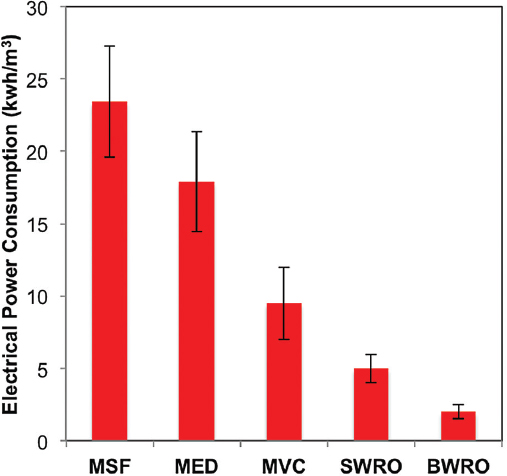PART I
I was curious after skimming an old thread about the capability for food self sufficiency and how currently it isn't achievable due to the country's large population boom. What % sufficiency could Somalia feasibly achieve & what is the maximum sufficiency % that Somalia could potentially reach given the quality and amount of arable land available to us.

 tradingeconomics.com
.
tradingeconomics.com
.


PART II
I haven't seen this discussed as often as agriculture, but water infrastructure is crucial especially in an arid nation like ours and I honestly don't know much about it. How is our ground water situation looking?


As for Desalination, what is achievable in Somalia?
Here's the energy cost.
Distillation method

How much does basic desalination/well drilling cost? Which is more reliable for us and a good first step to take.
We have the longest coastline in mainland Africa but are rockier coasts conducive/suitable for saltwater desalination infrastructure?

@RasCanjero @Thegoodshepherd @Apophis @Removed @sincity @GBTarmy @angelplan @kickz @embarassing
I was curious after skimming an old thread about the capability for food self sufficiency and how currently it isn't achievable due to the country's large population boom. What % sufficiency could Somalia feasibly achieve & what is the maximum sufficiency % that Somalia could potentially reach given the quality and amount of arable land available to us.
Somalia - Arable Land (% Of Land Area) - 1961-2016 Data | 2020 Forecast
Arable land (% of land area) in Somalia was reported at 1.7534 % in 2016, according to the World Bank collection of development indicators, compiled from officially recognized sources. Somalia - Arable land (% of land area) - actual values, historical data, forecasts and projections were sourced...
PART II
I haven't seen this discussed as often as agriculture, but water infrastructure is crucial especially in an arid nation like ours and I honestly don't know much about it. How is our ground water situation looking?
As for Desalination, what is achievable in Somalia?
Here's the energy cost.
| Water Source* | Total Dissolved Solids (mg/L) | Minimum Energy for Separation (kwh/m3)** |
|---|---|---|
| Seawater | 15,000–50,000 | 0.67 |
| Brackish water | 1,500–15,000 | 0.17 |
| River water | 500–3,000 | 0.04 |
| Pure water | < 500 | < 0.01 |
| Wastewater (untreated domestic) | 250–1,000 | 0.01 |
| Wastewater (treated domestic) | 500–700 | 0.01 |
Water Desalination: History, Advances, and Challenges - Manish Kumar, Tyler Culp, and Yuexiao Shen | Frontiers of Engineering: Reports on Leading-Edge Engineering from the 2016 Symposium | The National Academies Press
Read chapter Water Desalination: History, Advances, and Challenges - Manish Kumar, Tyler Culp, and Yuexiao Shen: This volume presents papers on the topics...
www.nap.edu
Distillation method

FIGURE 1 Typical equivalent (specific) electrical power consumption for thermal and membrane distillation strategies (based on data from Al-Karaghouli and Kazmerski 2013). BWRO = brackish water reverse osmosis; MED = multiple-effect distillation; MSF = multistage flash distillation; MVC = mechanical vapor compression; SWRO = seawater reverse osmosis.
How much does basic desalination/well drilling cost? Which is more reliable for us and a good first step to take.
We have the longest coastline in mainland Africa but are rockier coasts conducive/suitable for saltwater desalination infrastructure?
@RasCanjero @Thegoodshepherd @Apophis @Removed @sincity @GBTarmy @angelplan @kickz @embarassing
Last edited:





